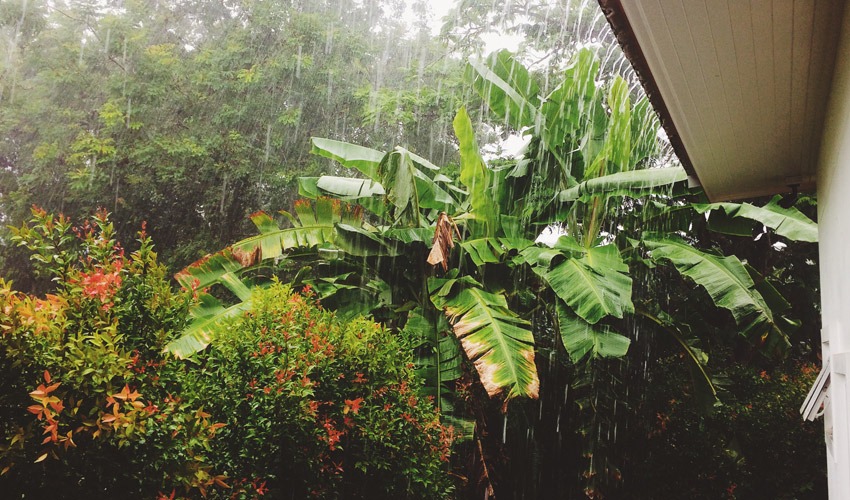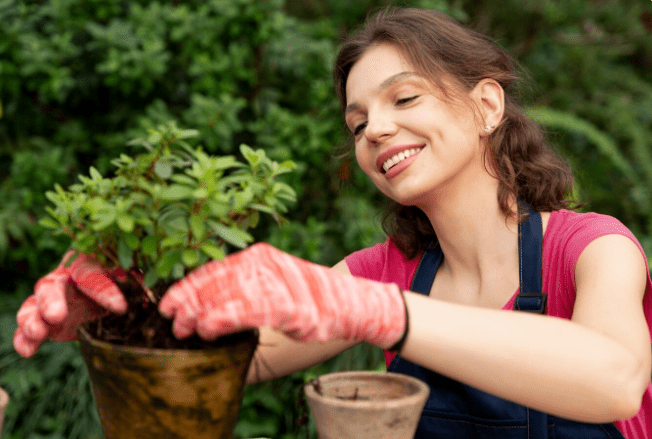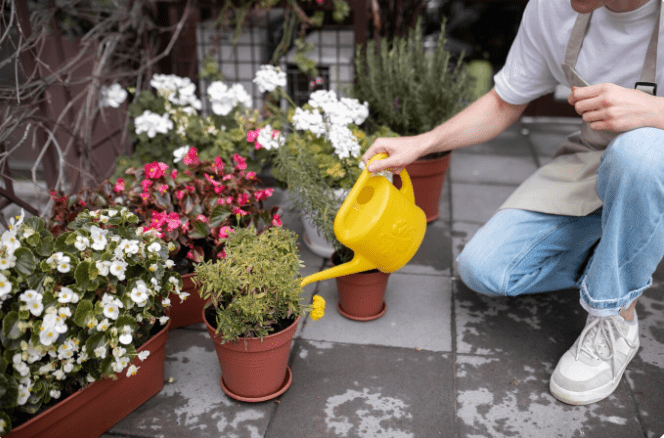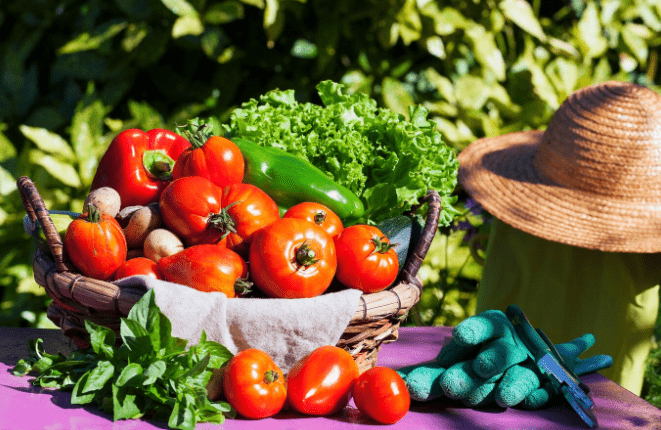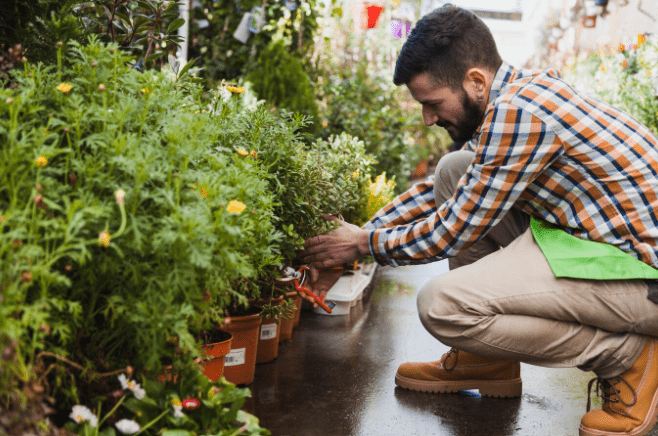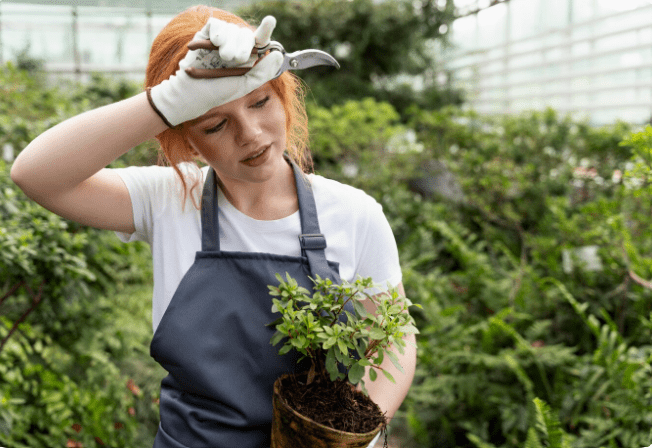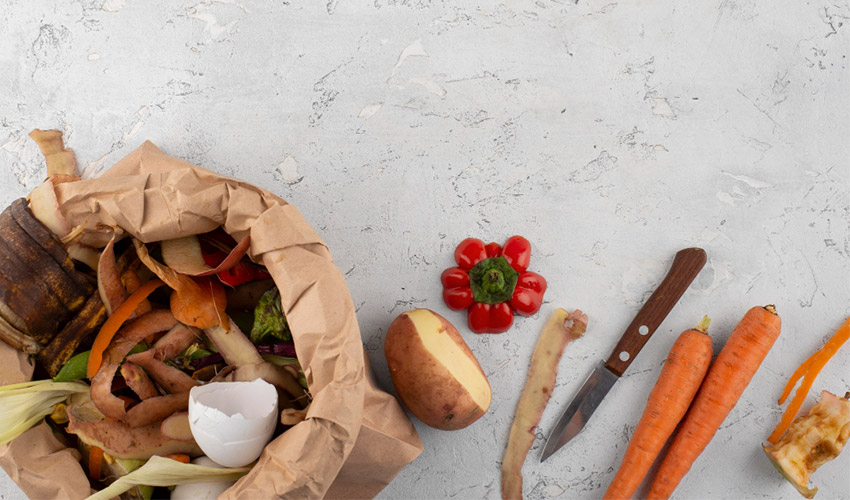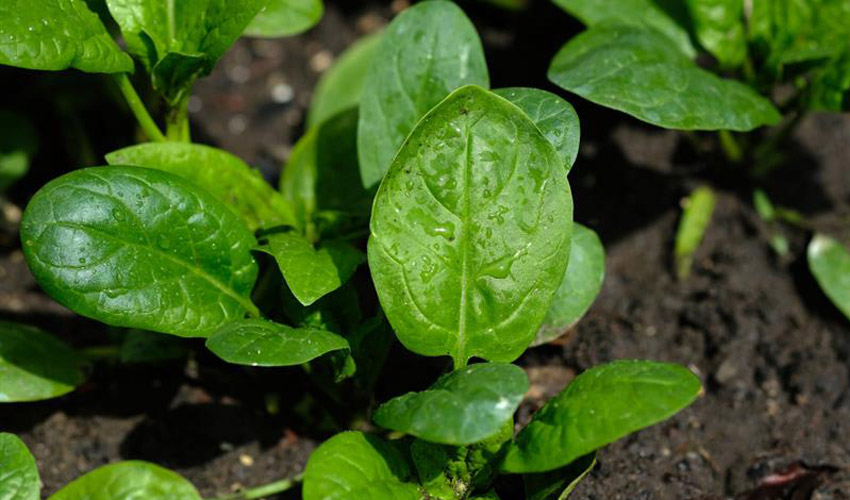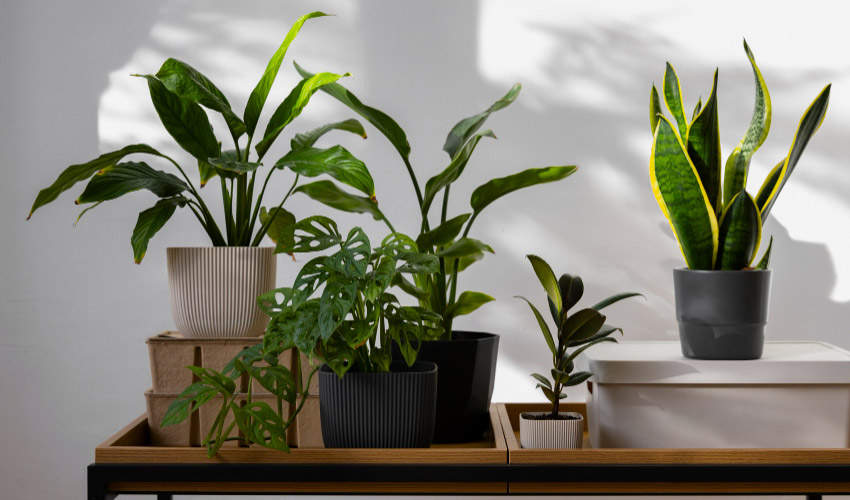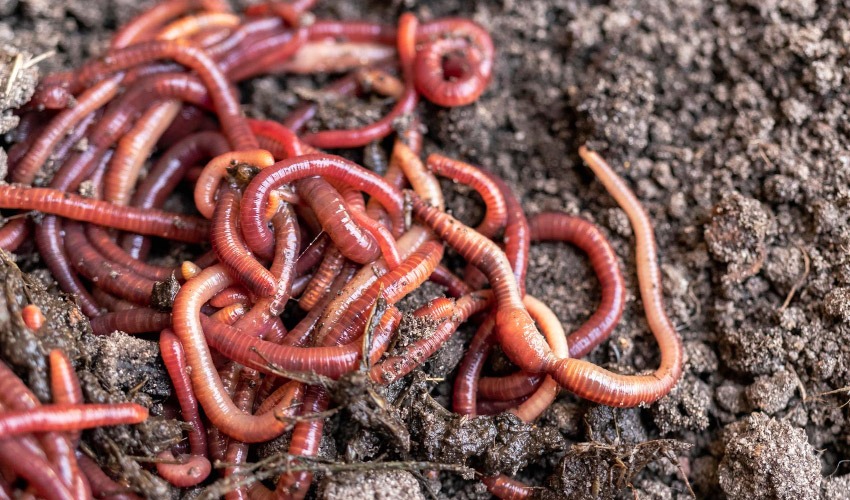Have you just started your organic garden, and now the monsoon has arrived? This rainy season breathes new life into gardens. With natural rain soaking the earth and encouraging lush growth, it’s an exciting period for any grower. But along with this fresh burst of greenery comes extra moisture, which can create several problems for your plants. To keep your garden thriving and trouble-free, it’s important to follow a few simple yet effective steps. Here are some must-know tips for organic gardening in July.
Table of Contents
ToggleEssential Gardening Tips for Monsoon Season
Did you know that plants can grow nearly three times quicker during the monsoon? The steady downpour gives your garden a natural lift, and it’s the perfect time to follow some chemical-free gardening tips.
Weeding
Weeds and pests are common during the monsoon, as rain and wind carry them into your garden. These unwanted invaders compete with your plants for nutrients and can disrupt their healthy growth. Make it a habit to remove weeds early before they take over and cause harm. Additionally, if your garden attracts beneficial creatures like butterflies, bees, earthworms, hummingbirds, frogs, or toads, it will naturally repel harmful insects.
Control Pests and Diseases
Keep an eye out for signs of infestations, such as nibbled leaves, drooping stems, or discolored foliage. To tackle pests and diseases without harming the environment, opt for organic solutions. You can also make an easy homemade insecticidal soap by mixing mild liquid soap with water. It helps eliminate soft-bodied insects, such as aphids, mealybugs, and mites, without harming your plants.
Start Seeds Indoors
Starting your seeds indoors during the monsoon can give your plants a valuable head start, especially since heavy rains and high humidity can negatively impact early growth outdoors.
Use trays or small containers to plant your seeds, and place them in a location that receives plenty of natural light. Windowsills often work best for this.
Keep in mind that not every seed thrives when started inside. Cool-season crops like cabbage, lettuce, tomatoes, broccoli, and Brussels sprouts usually perform well. Plants with slower root systems, such as eggplants, peppers, cauliflower, and celery, also benefit from indoor sowing. That said, there’s no strict rule here. Your choices may vary depending on your experience, growing zone, and personal preferences.
Ensure Good Drainage
Monsoon often leads to water accumulation, which can stunt your plant’s growth. When waterlogging becomes severe, roots may suffocate due to lack of oxygen and eventually rot.
To avoid this, set up an effective drainage system before the rains begin. You can also switch to grow bags, cocopeat, or well-draining potting mixes that help excess water flow out easily and keep roots healthy.
Use Row Covers For Heavy Rains
Row covers, also known as garden fabric, offer great protection during intense rainfall. Made from lightweight, breathable polyester, they allow sunlight and air to reach your plants while shielding them from excessive moisture.
They don’t trap water but still help control the impact of heavy showers. With proper care, these covers can last through several growing seasons.
Check Soil Regularly
Monsoon showers can wash away the top layer of nutrient-rich soil. That’s why checking your soil after every heavy rain is crucial.
Ensure the soil remains loose and well-aerated, allowing water to drain through easily. Stir the soil gently to break up compact areas and improve absorption. If water begins to collect around the base of your plants, moss and algae may start forming. When that happens, it’s time to get hands-on and clear out the slimy growth before it harms your plants.
Mulch Before Monsoons
Applying mulch before the rains arrive helps shield the soil by creating a protective layer between the ground and the downpour. It works like a sponge absorbing excess rainwater and releasing it slowly back into the soil, keeping moisture levels balanced. Add a 2–3 inch thick layer of mulch over your garden beds in advance. Before doing so, enrich the soil with compost or other organic matter to boost its fertility.
Keep Snails Away
Monsoon also invites a few destructive visitors, snails being one of the worst. These nocturnal pests come out after dark and quietly chew through young leaves, leaving behind large, uneven holes.
You can deter snails by sprinkling salt in garden corners or placing neem leaves and cloves near your plants. These natural barriers are among the best chemical-free gardening tips to help keep your garden safe.
Collect Rainwater
Rainwater is a valuable, free resource for organic gardening. Set out buckets, containers, or even large wooden barrels to collect runoff during showers. If you have enough space, you can redirect excess rain to a particular area of your garden using simple channels.
Support Tall Plants Against Monsoon Winds
Strong winds during the rainy season can cause taller plants to bend, snap, or collapse. To avoid damage, secure them with sturdy wooden stakes or bamboo poles firmly anchored into the soil. This support helps your plants stay upright and stable throughout the stormy weather.
Harvest Veggies Regularly
Timely harvesting is key during monsoons. The longer fruits, vegetables, or leafy greens remain on the plant, the greater the risk of pest infestation or rotting due to excess moisture.
Relocate Pots and Planters
Too much water can do more harm than good. If you’re growing in containers or pots, move them to sheltered areas where they won’t be directly exposed to continuous rainfall.

